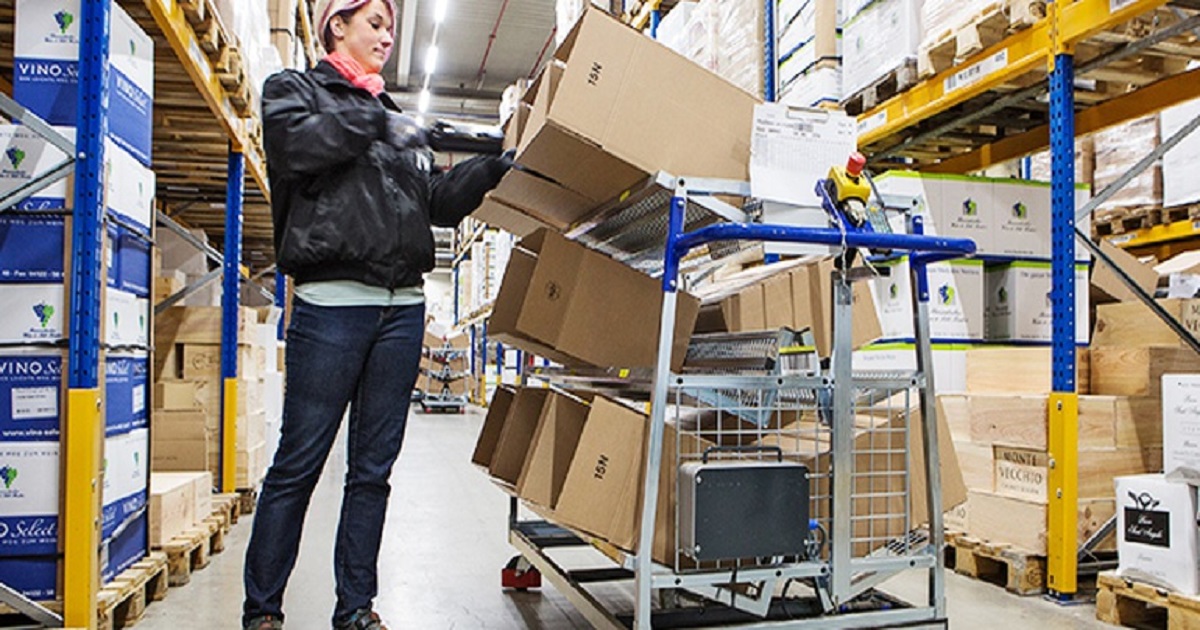Warehouse storage should consider SKU correlation and picker traffic, study finds
Supply Chain Dive | April 07, 2020

Clustering SKUs within a warehouse based on how often items are ordered together has been a commonly studied technique in the world of operations research. But a group of researchers from Binghamton University concluded in a paper published earlier this year that an important component was missing from this technique: picking delays caused by warehouse traffic. A model that generates storage assignments based on order correlation (closer to items it is often ordered with) and traffic balance preformed 49% better than randomly assorted inventory and 8% better than a model that just considered correlation, according to the research published in Computers & Industrial Engineering. Clusters with faster-moving inventory should be placed in "more accessible locations to minimize the travel time," the paper said. The promise of fast shipping speeds has led supply chain managers to look for ways to shave time off orders at every step, from picking the order to the last-mile delivery. Speeding up the picking processes helps companies to meet the demand for fast shipping while allowing them to fulfill more orders in the same amount of time.